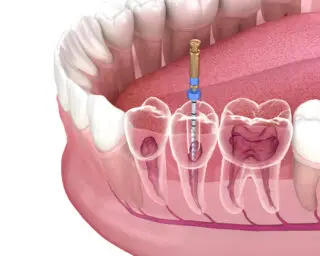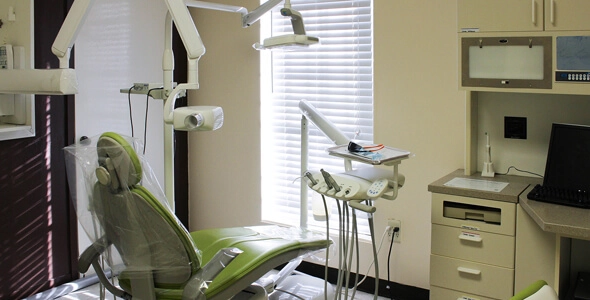There are multiple layers on your teeth. The outermost layer of the tooth is the enamel followed by dentin, and lastly a soft core on the inside extending into jawbone roots. This has the dental pulp inside which consists of blood vessels, nerves, and connective tissue. It is only when the tooth decay reaches the core, the inflammation and infection begin. Regardless of the severity, you need a root canal treatment to cure the condition.
Yes, numerous non-surgical procedures can save your teeth and gums, root canal is the only dental procedure that would deeply clean your teeth.
What happens in a root canal treatment?
Since the problem is deep-rooted, the procedure includes bacteria and decay extraction from the roots, nerve, and pulp. The procedure begins by disinfecting the area with antibiotics, followed by filling the empty roots and finally sealing the treated area from the tooth decay from erupting again.
How do you know if you need a root canal treatment?
Like other medical conditions, there are some tell-tale signs you need to be aware of before getting yourself examined for a root canal procedure. Take a look.
Tooth Sensitivity
Do you have toothache when you sip on hot tea or take a bite of ice cream? Tooth Sensitivity to hot and cold foods is a clear indication of nerve damage or blood vessel infection. It could range from dull aches to sudden but consistent, sharp pain. Usually, if the tooth sensitivity stops right after you stop drinking or eating, it is harmless. However, if the pain lingers for a period of time, you need a root canal.
Swollen Gums
Inflamed, red gums around a painful tooth are indicators of a dental problem that requires a root canal procedure to treat. According to experts at ADental care gulf gate, the swelling is caused due to the acidic waste products of dead pulp tissues. You could also detect a small pimple or a boil on your gum. Although these signs could also be an indication of scheduling a perio cleaning, you must also consider root canal treatment if the condition worsens.
Discoloration
Although it could be a harmless tooth stain that evolved into temporary discoloration, it could also be an indicator of tooth decay or infected pulp. Damage to the tooth leads to internal tissue infection that further affects the roots. This gives the tooth a grayish hue on the outer layer of the tooth. Regardless of the reason, it would be best to see your dentist if you spot discoloration.
Persistent Pain
This is different from tooth sensitivity. If you experience pain in your tooth while chewing, brushing, or talking, your teeth should be treated with a root canal procedure. This recurring pain could last for hours or even days and may spread to your jaw and face. Although the other reasons could be cavity, teeth sensitivity, sinus infection, etc. still, you should consult a dentist for a possibility of an early diagnosis.
Chipped Tooth
Cracked or chipped tooth must be immediately taken care of, regardless of their source. Infection and inflammation are inevitable if you do not treat the chipped tooth. Tooth injury, whether it’s visible or not, could damage the nerves of the tooth. This leads to sensitivity and severe pain which can only be treated through a root canal procedure.
To conclude, you must take note of the indicators mentioned above as the only way to treat them is by scheduling a root canal procedure. Although the reasons could be many, the discomfort and pain would only heal by proper diagnosis and treatment.













